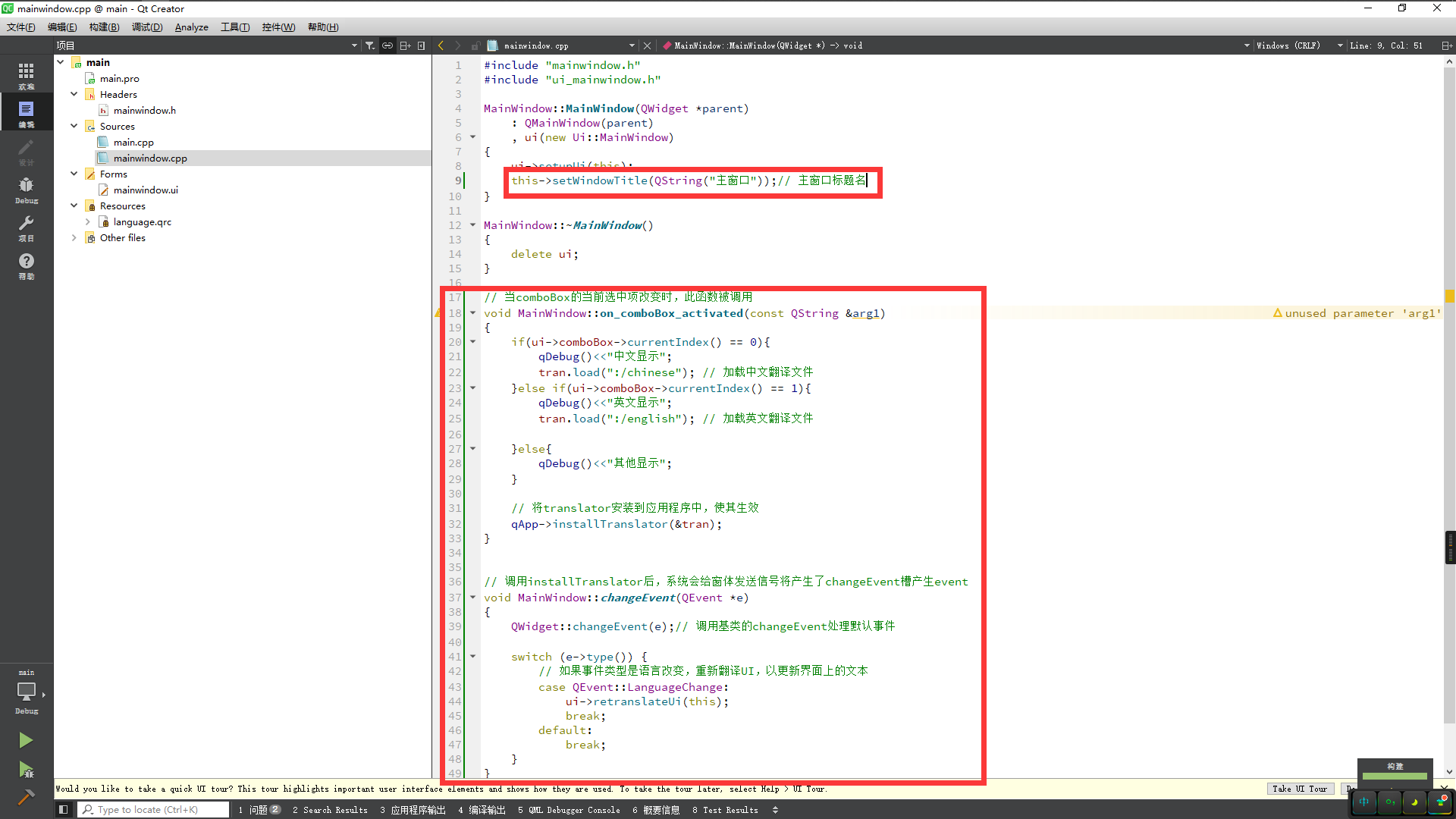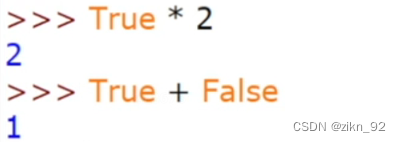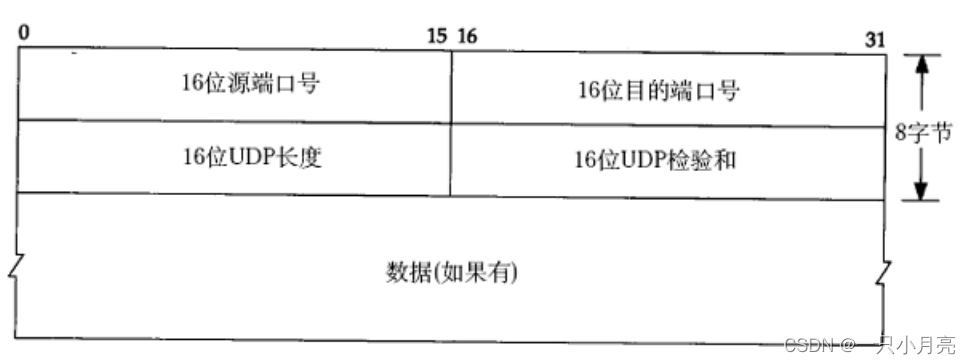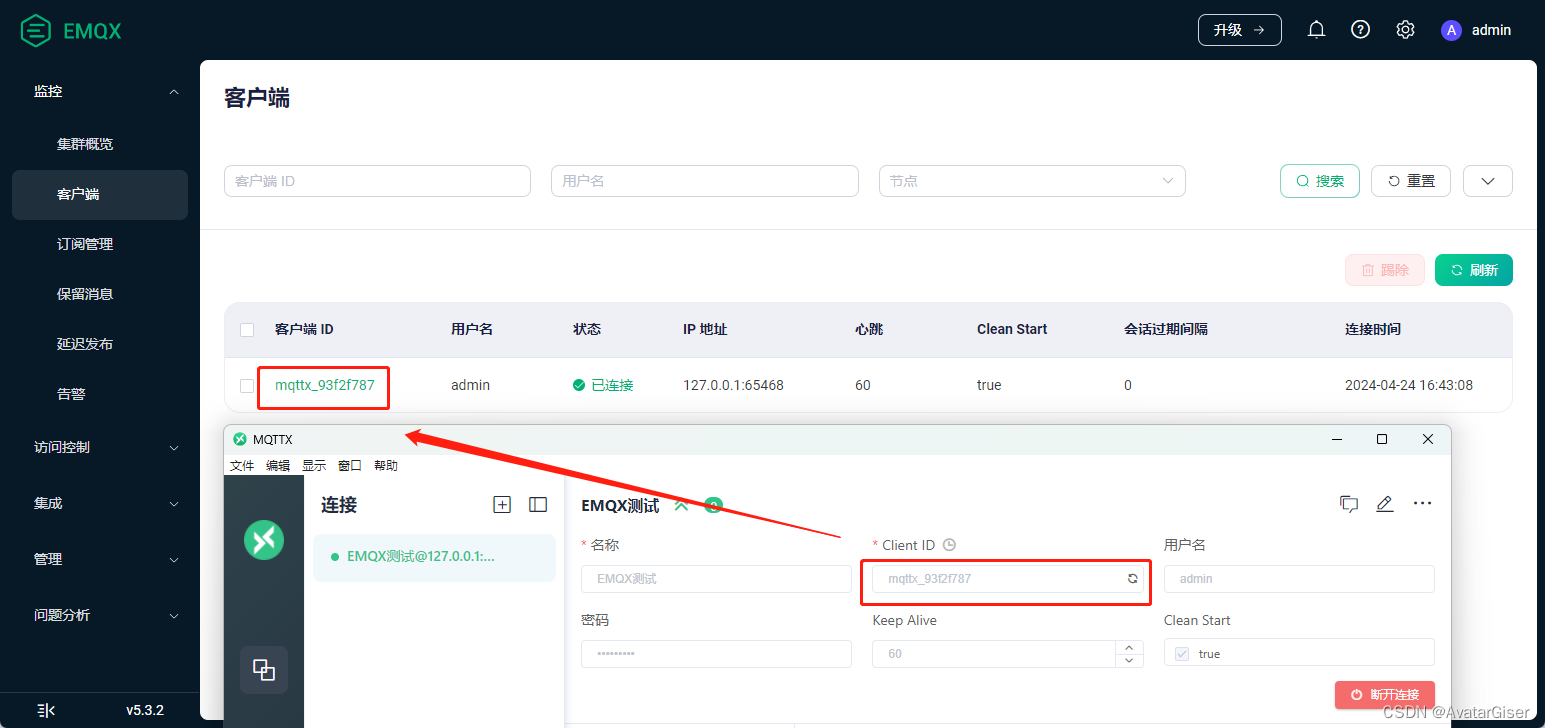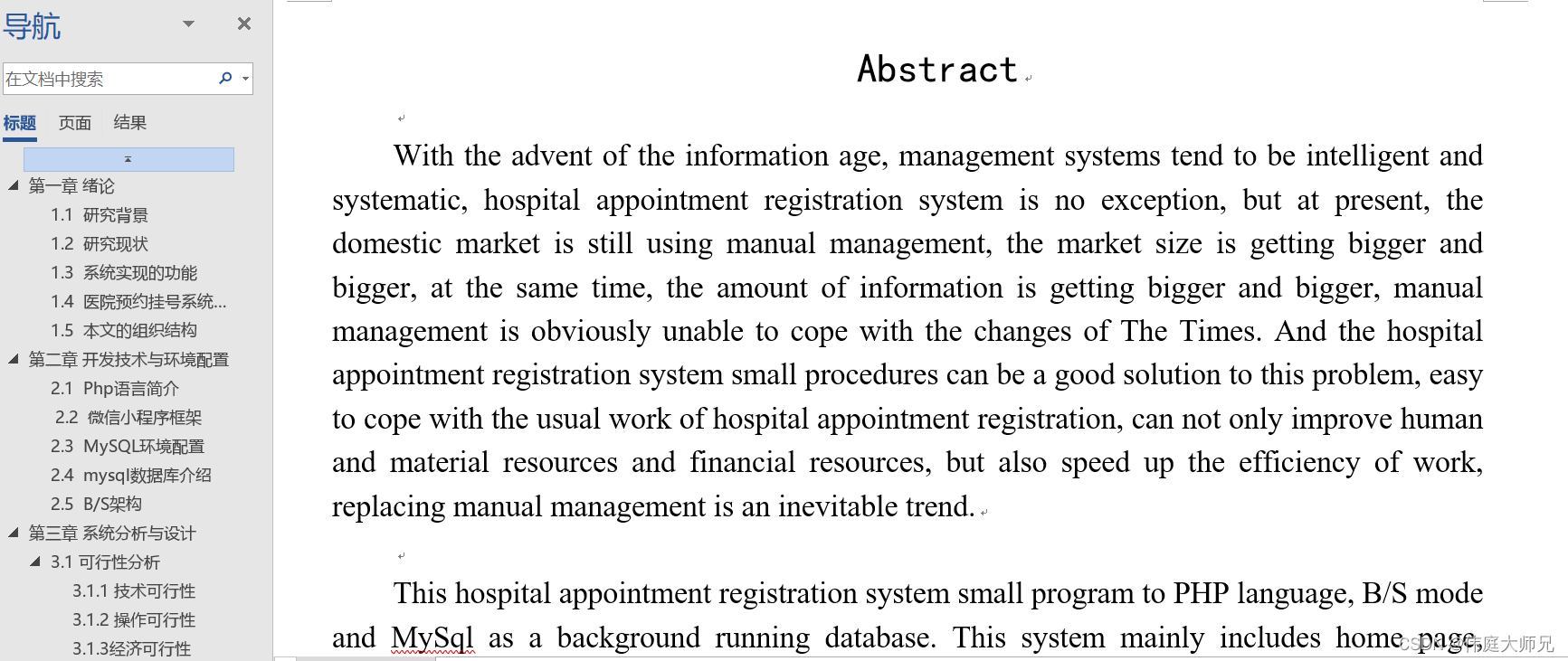1.例子1:环形链表
142. 环形链表 II - 力扣(LeetCode)
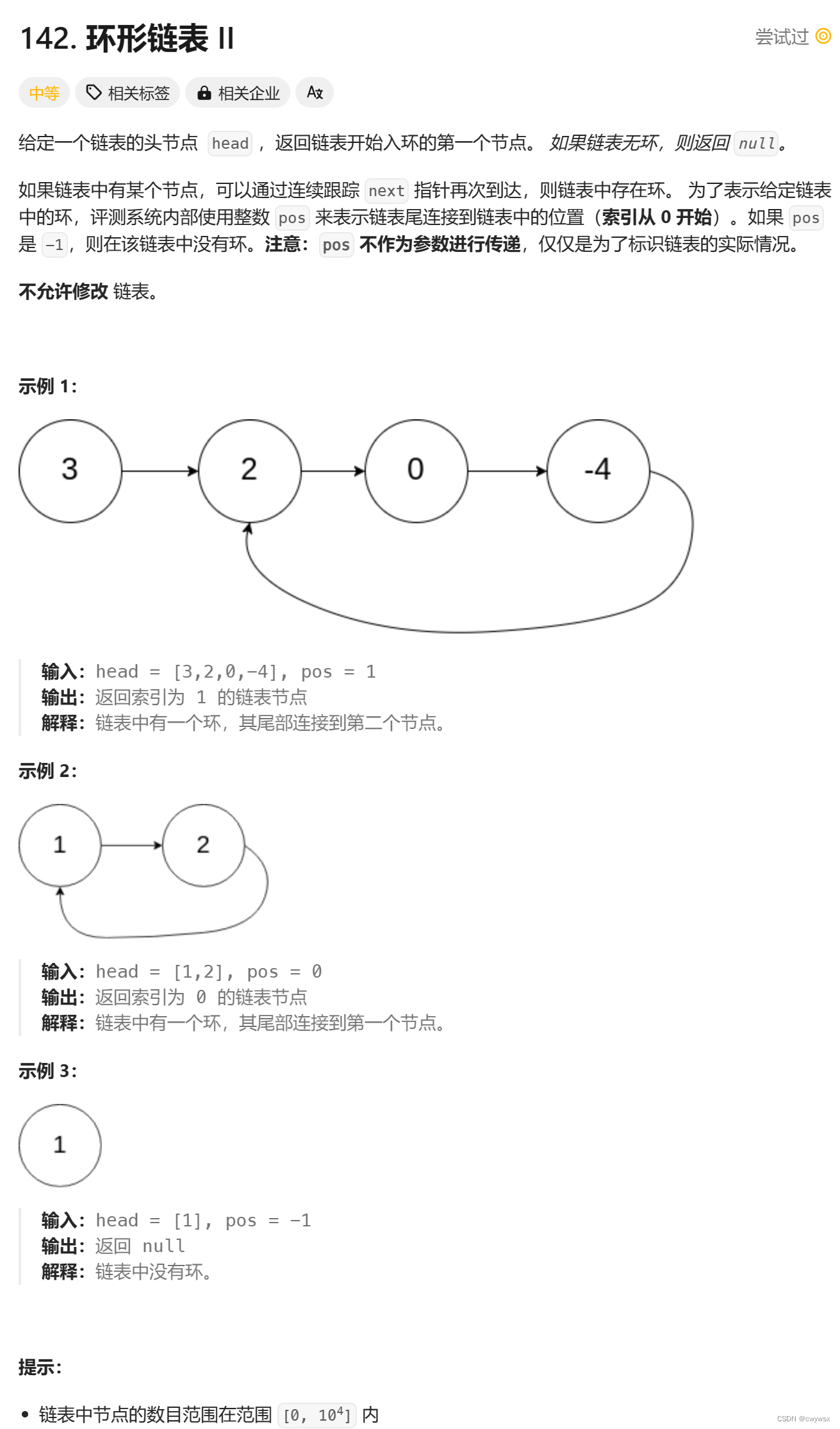
思路:我们先定义两个变量slow和fast,slow每次走一步,fast每次走两步,如果链表是环形链表,那么必定存在fast不会走到链表的最后并且fast先slow进环,fast和slow一定会在环内相遇。
fast和slow在环内相遇点定义一个指针变量meet,假设圆的周长为C,head从头开始走,meet从相遇点开始走,head点到进环点距离为L,假设slow和fast在圆内的相遇点距离为N,如下图所示:
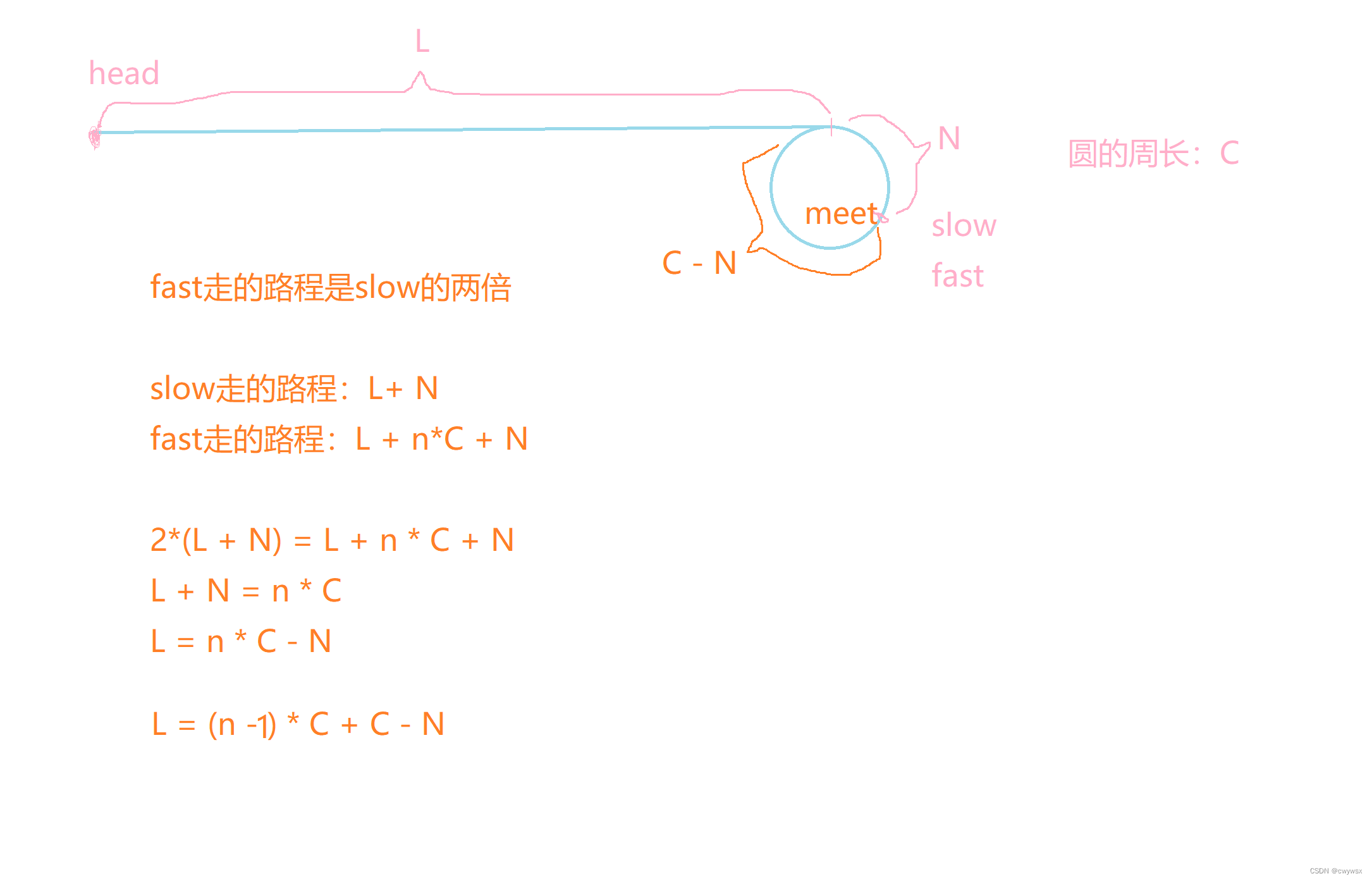
从上图可知haed和meet必定会相遇,相遇点就是进环点
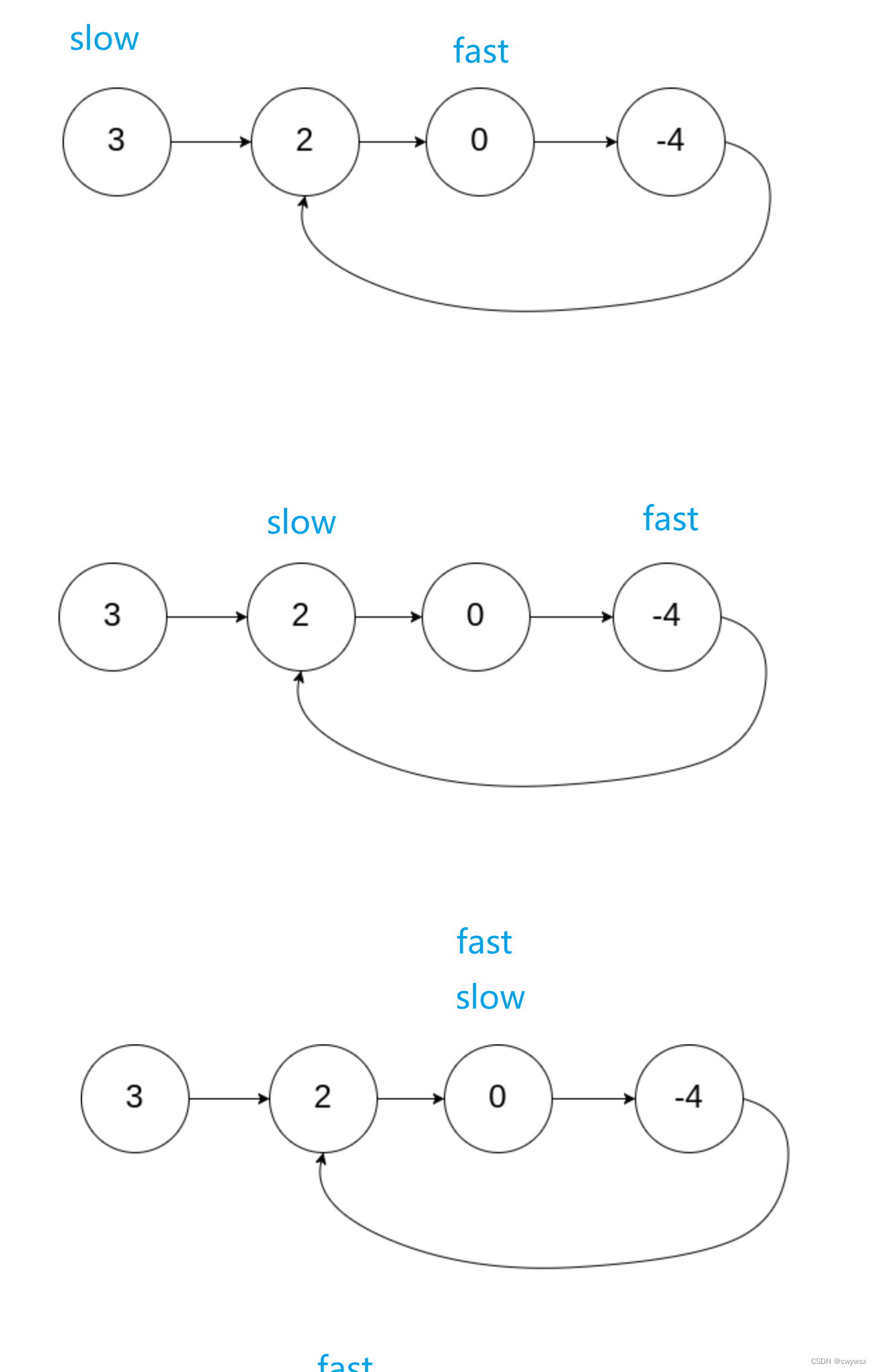
代码:
struct ListNode *detectCycle(struct ListNode *head) {struct ListNode* slow = head;struct ListNode* fast = head;while(fast && fast->next){slow = slow->next;fast = fast->next->next;if(slow == fast){struct ListNode* meet=slow;while(meet != head){meet = meet->next;head = head->next;} return meet;}}return NULL;
}例子2:随机链表的赋值
138. 随机链表的复制 - 力扣(LeetCode)
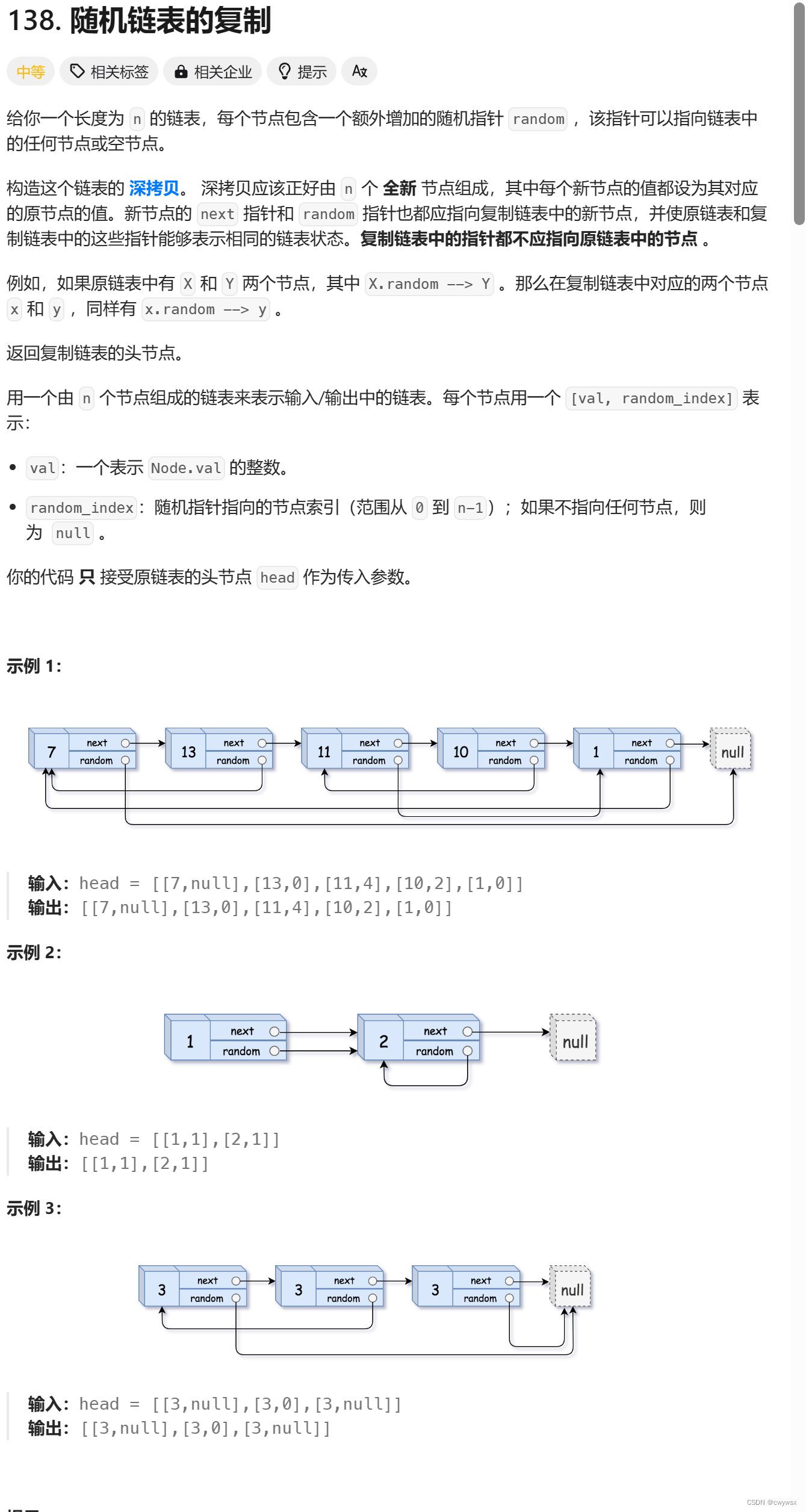
思路:先在每一个节点后面开辟一个拷贝节点copy,拷贝节点的next指针就是cur的next指针,cur的next指针指向拷贝节点,原链表的random指向的下一个节点就是拷贝节点copy的random指向的节点,然后将拷贝节点尾插在一个新链表中,需要注意在尾插在新链表前先将原链表的cur指针重新指向head节点。
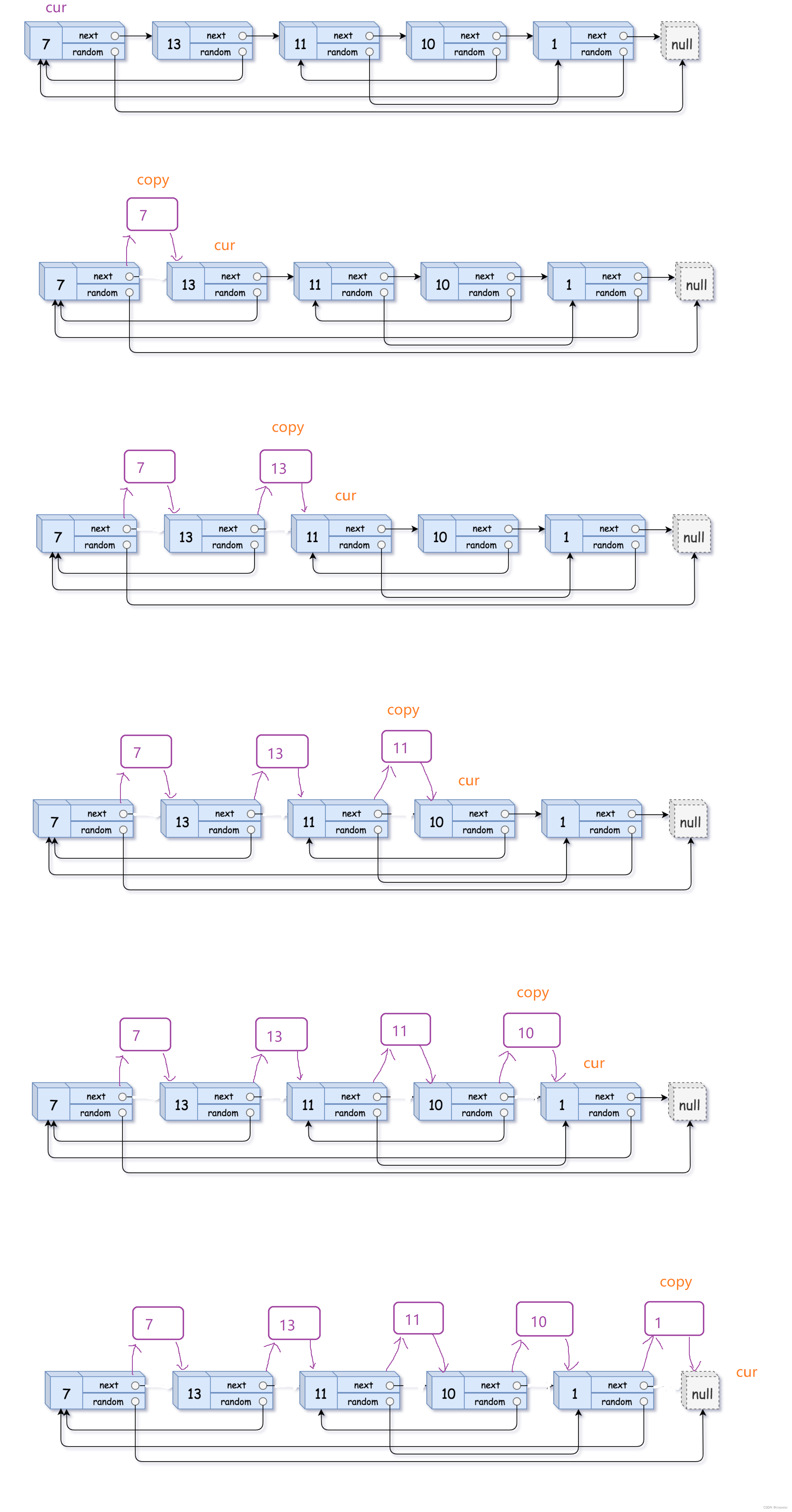

代码:
struct Node* copyRandomList(struct Node* head)
{struct Node* cur = head;//开辟新节点copy节点连接在每一个原链表节点的后面while(cur){//开辟copy节点struct Node* copy = (struct Node*)malloc(sizeof(struct Node));copy->val = cur->val;copy->next = cur->next;cur->next = copy;//cur 移动到copy节点的后面节点的位置cur = copy->next;}cur = head;while(cur){struct Node* copy = cur->next;if(cur->random == NULL){copy->random = NULL;}else{copy->random = cur->random->next;}cur= copy->next;}//将copy节点拿下来尾插到新链表中cur = head;struct Node* newhead = NULL,*newtail = NULL;while(cur){//创建新节点copy节点struct Node* copy = cur->next;//是否为空链表,如果是空链表那么新链表的头结点和尾节点都是copy节点if(newtail == NULL){newhead = newtail = copy;}else{newtail->next = copy;newtail = newtail->next;}cur = copy->next;}return newhead;}解析:
在原链表中定义一个cur指针指向头结点,使用malloc开辟copy节点,当cur指针不为空时进入while循环,拷贝节点的值为cur的值,即copy->val = cur->val; copy节点的下一个节点指向cur的下一个节点,而cur节点的下一个节点更改为copy节点,即 copy->next = cur->next:cur->next =copy;
cur移动到copy节点的下一个节点,即cur = copy->next;
cur指针重新指向头结点head节点,当cur不为空时进入循环,如果cur的random指向的节点为空,那么copy节点的random节点也为空,如果cur的random指向的节点不为空,那么copy节点的random指向的下一个节点就是copy节点random,即copy->random = cur->random->next;
cur指针重新指向头结点head节点,定义新链表的头结点和尾节点,当cur不为空时进入循环,如果新链表为空,那么新链表的头结点和尾节点就是copy节点,如果不为空,那么就将copy节点尾插在新链表的后面
